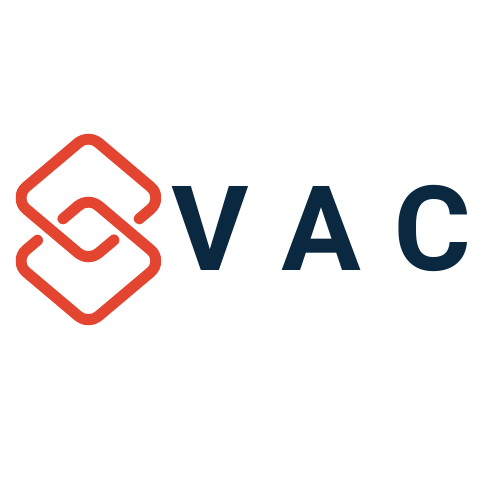Practical Methods for Utilizing Contingency Plans in Commercial Real Estate Development and Value-Add Investing
Introduction
In the high-stakes arena of commercial real estate, the implementation of contingency plans can be the difference between a project's failure and its success. Ground-up development and value-add investing are particularly rife with uncertainties, making robust contingency planning an essential component for safeguarding investments and maximizing returns. This empirical article delineates practical methods for leveraging contingency plans within these two investment domains, outlining strategies that can enhance decision-making and lead to more favorable investment outcomes.
Defining Contingency in Commercial Real Estate
Contingency within the realms of ground-up development and value-add investing refers to the allocation of additional financial resources and strategic plans to mitigate unforeseen risks. These plans ensure that projects remain viable despite encountering unexpected challenges, such as cost overruns, construction delays, market fluctuations, or regulatory changes.
Ground-Up Development
In ground-up development, a contingency plan might include budget allocations for unexpected site conditions discovered during excavation, unforeseen material price hikes, or delays due to weather conditions.
Value-Add Investing
For value-add investments, contingencies could account for tenant turnover, unforeseen repair costs, or delays in obtaining permits for renovations.
Best Practices for Setting Up a Successful Contingency Plan
1. Identifying Potential Risks
The first step in creating an effective contingency plan is identifying potential risks specific to the project:
Environmental Risks: Contamination or hazardous materials.
Market Risks: Fluctuations in property values or rental rates.
Construction Risks: Delays or cost overruns due to labor shortages or supply chain issues.
Regulatory Risks: Changes in zoning laws or building codes.
2. Estimating the Cost of Risks
Quantifying the potential financial impact of identified risks is critical. This involves:
Historical Data Analysis: Reviewing past projects of similar scope to estimate potential overruns.
Professional Consultations: Engaging with experts like contractors, environmental consultants, and market analysts to refine projections.
Scenario Analysis: Running simulations to understand the financial impact under different risk scenarios.
3. Developing Strategies for Addressing Specific Problems
Once risks and costs are identified, develop concrete strategies to address them:
Financial Reserves: Allocating a percentage of the total budget to cover unforeseen expenses.
Flexible Contracts: Including clauses that allow for extensions or additional work without severe penalties.
Alternative Plans: Crafting secondary plans for critical phases of the project, like sourcing alternative materials or suppliers.
4. Monitoring Progress Regularly
Contingency planning is not a one-time task but an ongoing process:
Regular Audits: Conducting periodic reviews of the budget and timeline to adjust for emerging risks.
Benchmarking: Comparing real-time progress against the original plan to identify deviations early.
Stakeholder Updates: Keeping investors, contractors, and other stakeholders informed about any changes or new risks.
Successful Implementation Examples in Select Markets
Examining successful implementations of contingency plans in various geographical locations can provide valuable insights:
New York City: Developers in NYC often set aside larger contingencies due to the high risk of regulatory changes and unexpected site conditions. Recent projects have shown that well-planned contingencies can absorb significant overruns without jeopardizing overall returns.
San Francisco Bay Area: In this tech-driven market, value-add investors frequently face tenant turnover and technology integration challenges. Effective contingency plans that include detailed tenant retention strategies and flexible tech upgrade budgets have led to smoother transitions and sustained property values.
Las Vegas: In a growing city with limited resources, developers are facing a backlash in permitting and entitlement timelines. Increasing the design costs and planning for longer carry costs to obtain permits is a better safe than sorry measure.
South Florida: Insurance risk in South Florida is increasing from hurricane risk and budgeting in higher insurance premiums or additional soft cost contingency is a good way to mitigate expense risk to the project.
Conclusion
Strategically utilizing contingency plans in commercial real estate development and value-add investing ensures that projects can withstand and adapt to unforeseen challenges. Key strategies include identifying potential risks, estimating their costs, developing targeted strategies, and monitoring progress regularly. While having a contingency is crucial, balancing its size is equally important; too little can leave a project vulnerable, while too much can erode profitability. By learning from successful implementations in various markets, investors can enhance their own contingency planning processes, ultimately leading to more resilient and profitable investments.
